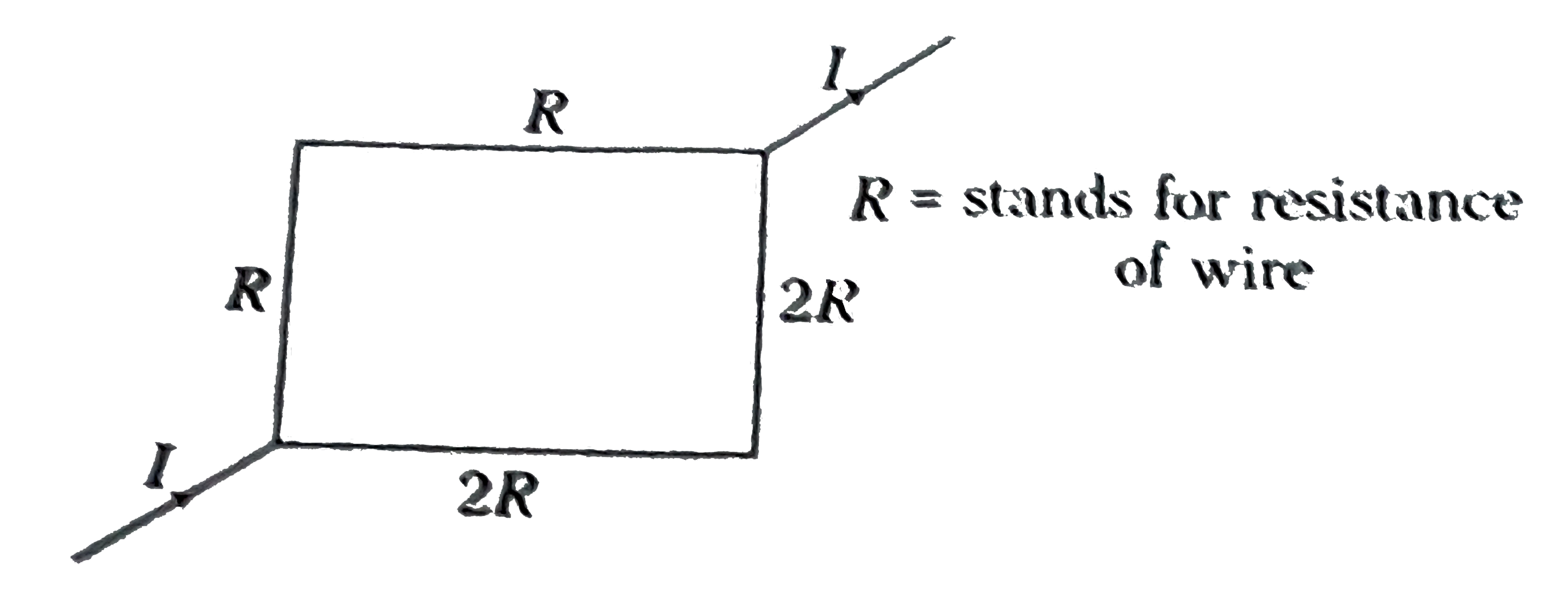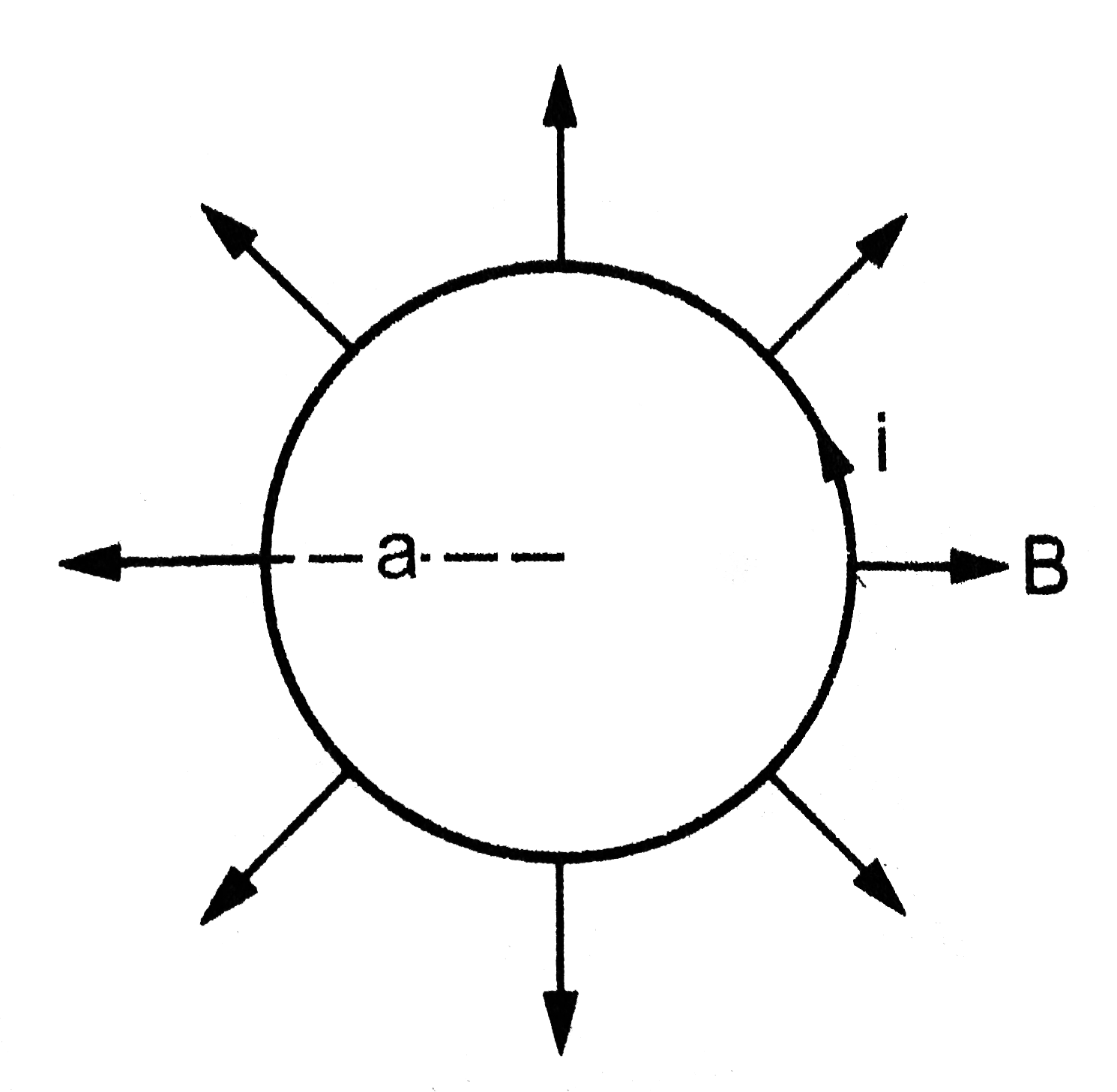In mammalian eye, the 'fovea' is the centre of the visual field, where
High density of cones occur, but has no rods
The optic nerve leave the eye
Only rods are present.
More rods than cones are found
The correct Answer is:A
Step-by-Step Solution:
1. Understanding the Structure of the Eye: The mammalian eye consists of several key components including the cornea, lens, retina, and the optic nerve. Each part plays a crucial role in vision.
2. Identifying the Retina: The retina is the innermost layer of the eye where light is converted into neural signals. It contains photoreceptor cells known as rods and cones.
3. Differentiating Rods and Cones: Rods are responsible for vision in low light conditions and do not detect color, while cones are responsible for color vision and function best in bright light.
4. Fovea Centralis: The fovea is a small pit located in the macula lutea of the retina. It is known as the area of highest visual acuity.
5. Characteristics of the Fovea: The fovea contains a high density of cones and is devoid of rods. This unique structure allows for sharp central vision, making it the center of the visual field.
6. Conclusion: Therefore, in the mammalian eye, the fovea is the center of the visual field where a high density of cones occurs but has no rods.
Final Answer:
In the mammalian eye, the fovea is the center of the visual field where a high density of cones occurs but has no rods.
---
In the mammalian eye, the fovea is the center of the visual field where a high density of cones occurs but has no rods.
Topper's Solved these Questions
Similar Questions
The fovea of eye
View SolutionWhere is the centre of regulation of respiration?
View SolutionThe radius of a circular current carrying coil is R. The distance on the axis from the centre of the coil where the intensity of magnetic field is 12√2 times that at the centre, will be:
View SolutionAt which distance along the centre axis of a uniformaly charged plastic disc of radius R is the magnitude of the electric field equal to one-half the magnitude of the field at the centre of the surface of the disc ?
View SolutionA current carrying circular coil is bent so as to convert it into a double loop, both the loops being concentric and are carrying current in the same direction. If B is the initial magnetic field at the centre, the final magnetic field at the centre will be
View SolutionIn human beings the total visual field and the stereoscopic visual
field respectively isView SolutionIn mammalian eye, the power of accommodation is controlled by changing thickness of the lens, governed by
View SolutionA circular coil of radius R carries a current i. The magnetic field at its centre is B. The distance from the centre on the axis of the coil where the magnetic field will be B/8 is
View SolutionThe magnetic field at the centre of square of side a is
 View Solution
View SolutionA circular loop of radius a, carrying a current I, is placed in a tow dimensional magnetic field. The centre of the loop coincides with the centre of the filed The strenght of the magnetic field at the pariphery of the loop is B. find the magnetic force on the wire.
 View Solution
View Solution

